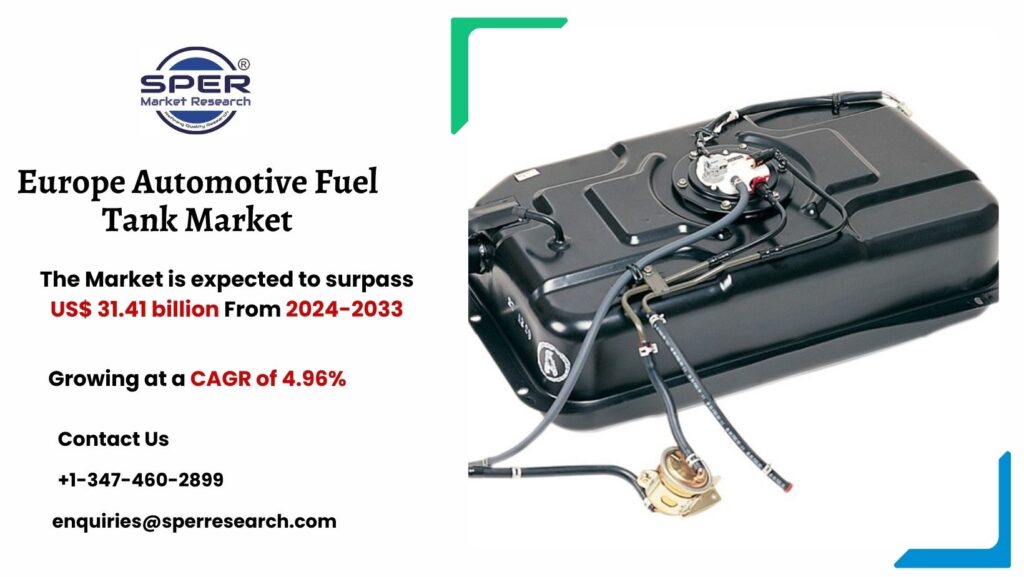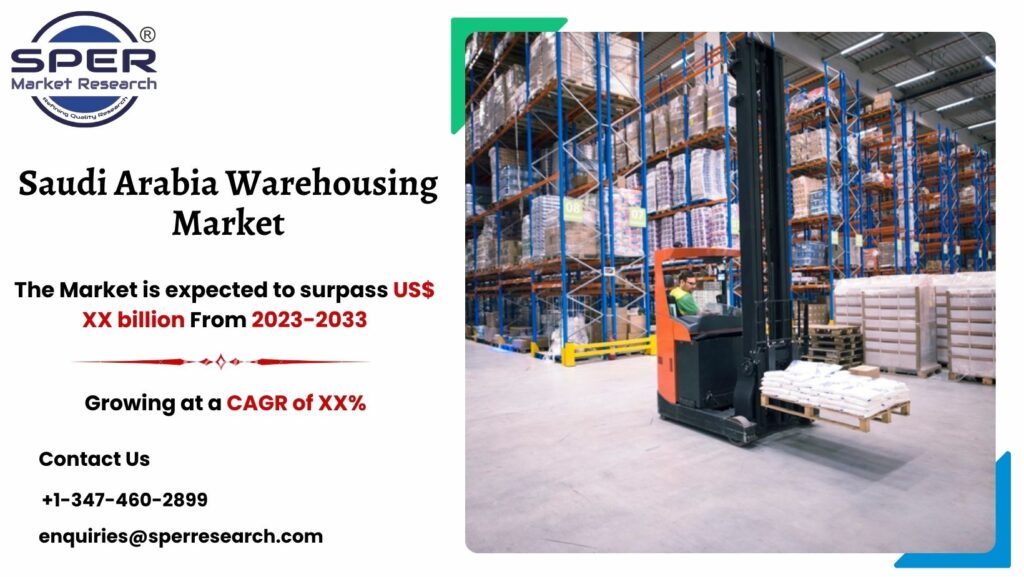Automotive biometrics represent electronic devices that serve to identify and authenticate users within vehicles for various functions, including ignition control, immobilization, rationalization, and health monitoring. These devices depend on biological attributes such as retinal and fingerprint scans, as well as facial and voice recognition, for the purpose of verification. This reliance significantly enhances vehicle security and reduces incidents of theft. Furthermore, these systems gather information related to the steering wheel, accelerator, and other vehicle components to assess the stress and anxiety levels of the driver, thereby ensuring both comfort and safety.
According to SPER market research, ‘Global Automotive Biometric Market Size- By Technology, By Offering, By Application, By Vehicle Type – Regional Outlook, Competitive Strategies and Segment Forecast to 2034’ state that the Global Automotive Biometric Market is predicted to reach 7.47 billion by 2034 with a CAGR of 16.51%.
Drivers:
The increasing incorporation of biometric technology in automobiles is one of the principal drivers of the market. Furthermore, insurance providers are providing substantial discounts for vehicles equipped with biometric systems, as such vehicles feature secure remote start-up, in-car payment options, hands-free capabilities, automatic preset modifications, and a variety of safety advantages for passengers. This phenomenon, combined with the growing partnerships between automotive original equipment manufacturers (OEMs) and wearable technology firms for the purpose of gathering biometric data, is accelerating market expansion. Additionally, there is a surge in the demand for autonomous vehicles that incorporate cutting-edge technologies, including the internet of things (IoT), artificial intelligence (AI), and machine learning (ML) on a global scale.
Automotive Biometric Market Sample in PDF Format, Click Here
Restraints:
The market for vehicle biometrics faces several obstacles. The elevated costs of implementing biometric systems can discourage manufacturers, particularly smaller firms that operate with constrained financial resources. For example, sophisticated fingerprint scanners and facial recognition systems typically necessitate a considerable investment in research and development, which may not provide immediate returns. Moreover, there are apprehensions regarding the privacy and security of biometric data. With an increase in data breach incidents, consumers might be reluctant to embrace technologies that depend on personal biometric information, thereby presenting a significant obstacle to market entry.
The Asia Pacific region led the automotive biometric market in 2024, driven by rapid adoption of connected vehicles, increased emphasis on vehicle safety, rising investments in smart transportation infrastructure, and a growing demand for personalised driving experiences. Regional governments and original equipment manufacturers (OEMs) are aggressively promoting technology-driven car improvements to increase road safety and provide digital vehicle access. Some of the key market players are Fujitsu Limited, Synaptics Incorporated, Continental AG, Fingerprint Cards AB, Hitachi Ltd, Methode Electronics Inc, and others.
For More Information, refer to below link: –
Automotive Biometric Market Growth
Related Reports:
Automotive Airbag and Seat Belt Market Size
Global Automotive Shock Absorber Market Growth
Follow Us –
LinkedIn | Instagram | Facebook | Twitter
Contact Us:
Sara Lopes, Business Consultant — USA
SPER Market Research
enquiries@sperresearch.com
+1–347–460–2899









